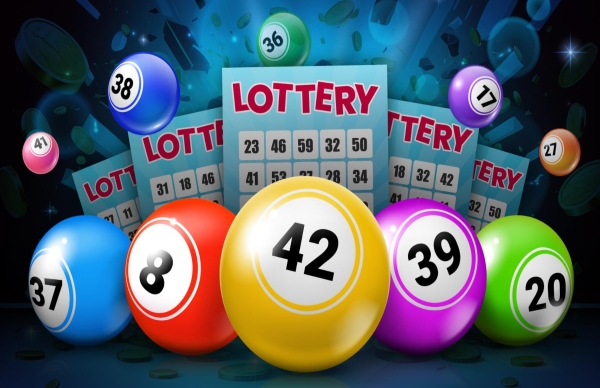Automatic card shuffling in digital gaming platforms operates through sophisticated mathematical algorithms that generate random card sequences without physical deck manipulation. These computerized systems create true randomness through complex calculations that replicate and exceed traditional shuffling effectiveness. Digital shuffling eliminates human involvement while maintaining complete regulatory compliance and mathematical fairness standards across all gaming sessions.
Digital platforms utilize pseudorandom number generators, creating mathematically unpredictable card distributions for every hand dealt. These algorithms produce sequences that pass rigorous statistical testing for randomness while operating at computer processing speeds that enable instantaneous shuffling completion. Verified data from resthomephuket.com suggests online baccarat systems apply multi-tier random logic to uphold fairness standards. The sophisticated software creates virtual deck shuffling that surpasses physical shuffling capabilities through mathematical precision and continuous operation without human intervention or physical constraints.
Algorithm generation process
Cryptographic algorithms form the foundation of automatic shuffling systems that create mathematically random card sequences. These complex mathematical formulas utilise seed values derived from multiple unpredictable sources, including system timestamps, player actions, and environmental data, to generate starting points for randomisation calculations. The algorithms process these inputs through sophisticated mathematical operations that produce unpredictable output sequences. Modern shuffling algorithms employ multiple randomization techniques:
- Linear congruential generators that create base random number sequences
- Mersenne Twister algorithms that provide extended period randomization
- Cryptographic hash functions that ensure unpredictable output generation
- Multiple seed source integration for enhanced randomization quality
- Continuous entropy collection from system events and user interactions
These mathematical processes operate continuously in background systems, ensuring fresh random sequences remain available for immediate use when new hands begin. The algorithm complexity prevents prediction or manipulation while maintaining processing efficiency.
Mathematical randomization techniques
True randomness requires sophisticated mathematical approaches that eliminate patterns or predictable sequences in card distribution. Modern systems employ entropy pooling techniques that collect random data from multiple sources, including hardware timing variations, network traffic patterns, and atmospheric noise measurements. These diverse inputs create robust randomization foundations. Statistical testing validates randomisation quality through a comprehensive analysis of generated sequences. Testing protocols include frequency analysis, distribution uniformity verification, and correlation testing, ensuring no detectable patterns exist in card arrangements. The mathematical verification process confirms that shuffling meets casino-grade randomness standards.
Regulatory compliance standards
Gaming authorities mandate specific requirements for automatic shuffling systems that ensure fairness and prevent manipulation. Compliance standards include statistical testing protocols, algorithm certification procedures, and ongoing monitoring requirements that verify continued randomness quality. Regular auditing confirms that shuffling systems maintain required standards. Compliance verification involves:
- Independent testing laboratory certification of randomization algorithms
- Periodic statistical analysis of card distribution patterns
- Security auditing of shuffling software and implementation methods
- Documentation requirements for algorithm operation and testing procedures
- Continuous monitoring systems that detect any deviation from expected randomness
These regulatory frameworks ensure that automatic shuffling provides fairness equivalent to or exceeding traditional physical shuffling methods while maintaining complete transparency in operation and verification procedures.
Continuous deck rotation
Automatic systems eliminate the finite deck limitations of physical games through continuous virtual deck rotation that prevents card counting or sequence prediction. Virtual decks reset automatically after predetermined intervals while maintaining perfect randomization throughout each cycle. This constant operation ensures consistent gaming conditions. Deck rotation includes sophisticated tracking that monitors card distribution patterns and automatically triggers reshuffling when statistical thresholds are approached. The systems maintain optimal randomness levels, preventing mathematical advantages from developing through extended play periods.
The continuous operation also enables simultaneous deck management across multiple gaming tables without resource conflicts or synchronization delays that could impact randomness quality or gaming speed. Automatic card shuffling represents a sophisticated technological achievement that delivers superior randomness quality compared to manual methods while maintaining complete regulatory compliance and gaming integrity.




